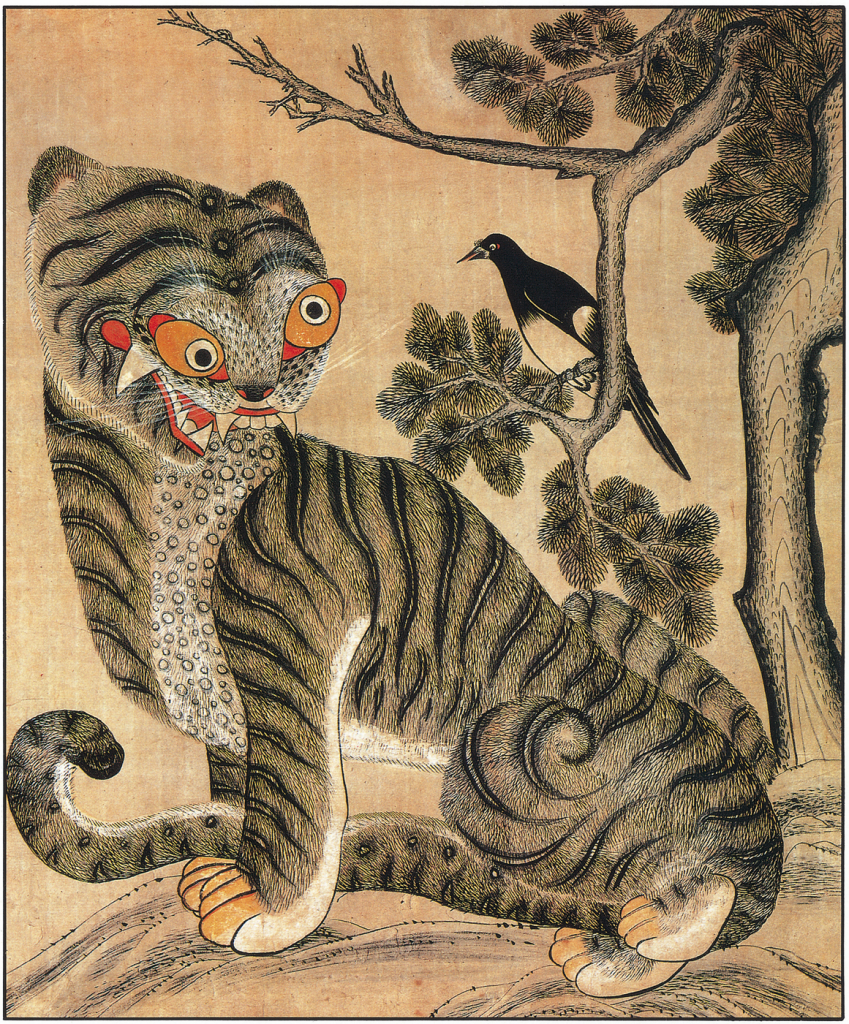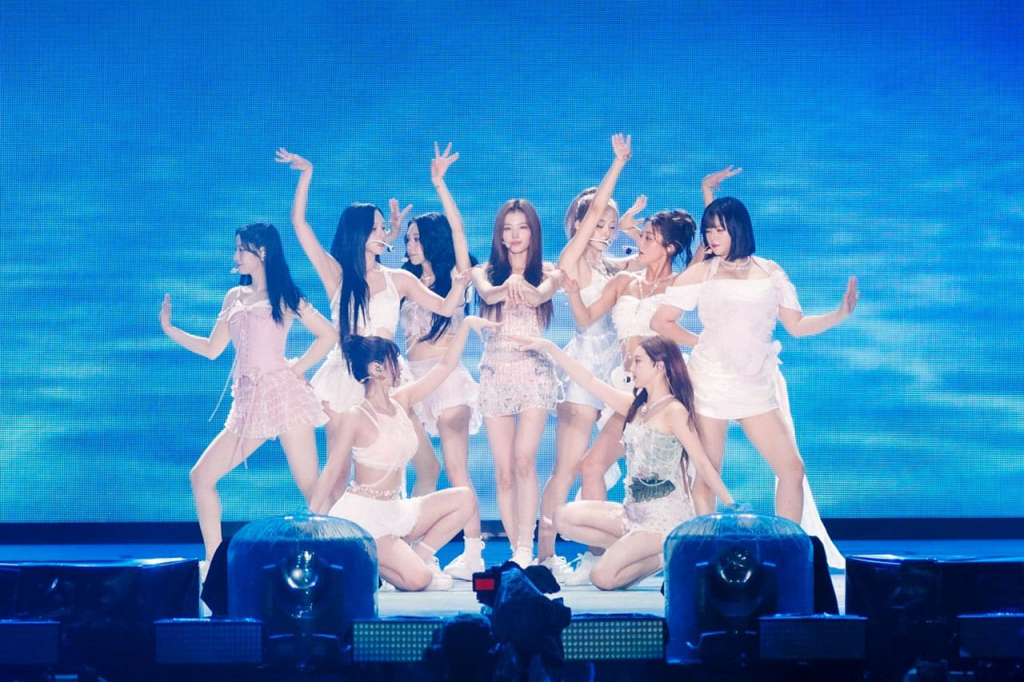K-pop Demon Hunters Decoding Cultural Symbolism and Idol Mythology
On the surface, K-pop Demon Hunters might seem like a dazzling fusion of K-pop performance, fantasy action, and slick animation. But beneath its sparkly surface lies a thoughtful narrative enriched by traditional Korean symbols, spiritual motifs, and layered metaphors. Released globally on Netflix in June 2025, the film goes beyond idol heroics—it taps into Korea’s deep cultural reservoir to ask what it really means to fight, to perform, and to protect.
Sain-geom: The Royal Blade of Exorcism
One of the film’s most intriguing elements is the Sain-geom, or “Four Tigers Sword.” This isn’t just a fantasy weapon—it’s based on a real-life sword made only during a rare cosmic alignment involving the year, month, day, and hour of the tiger. It was used in royal ceremonies to drive away evil, with ornate details like sharkskin scabbards and constellation engravings.


In the film, the sword becomes a symbol of inherited responsibility. Wielded by idols who double as demon hunters, it represents the spiritual weight of fame and the unspoken pressures that trail K-pop stars. It’s not just about slashing evil; it’s about wielding tradition to cut through anxiety, expectations, and self-doubt.
Ilwol Obongdo: The Idol Stage as Throne
During key performance scenes, the backdrop features a vivid rendering of the Ilwol Obongdo—a court painting traditionally placed behind the king’s throne. With its sun and moon (symbolizing yin and yang), five peaks, waterfalls, pine trees, and crashing waves, it signifies order, harmony, and royal legitimacy.


By placing this image behind the idol stage, the film subtly recasts the concert platform as a sacred space. Idols are crowned not with gold, but with the glow of stage lights. The message? These performers are today’s cultural leaders, their authority derived not from birthright but from emotional labor and symbolic resonance.
Tiger in Minhwa: Guardian with a Grin
Another nod to Korean folklore comes in the form of a charismatic tiger inspired by minhwa, traditional folk art. Unlike fearsome jungle predators, the minhwa tiger is often playful, goofy, and slightly mischievous—yet always protective. Its presence in the film serves a dual purpose: to amuse, and to remind us that guardianship doesn’t always come with a snarl. Sometimes, it arrives with a wink.


This folkloric reinterpretation aligns with the dual nature of idols themselves—charismatic and entertaining on the surface, but deeply committed to their role as cultural protectors and emotional pillars for their fans.
The Korean Grim Reaper’s Gat: Fashion from the Afterlife
One of the film’s most visually striking elements is the use of the traditional gat—a wide-brimmed black hat historically worn by noblemen during the Joseon dynasty. But in K-pop Demon Hunters, the gat isn’t just a relic of class and Confucian respectability. It closely mirrors the signature look of the Korean Grim Reaper, a figure popularized in folklore and modern dramas, where black-clad spirits escort souls to the afterlife.


By incorporating the gat into idol battle gear, the film plays on this death symbolism to deepen the characters’ duality. These idols are not just performers; they’re supernatural gatekeepers who dance across the boundaries of light and shadow. The gat becomes more than a traditional hat—it becomes a cultural signal of power over life and death, tradition and transformation. When paired with dazzling costumes and stage lights, it reimagines the reaper not as a harbinger of doom, but as a stylish protector armed with rhythm and myth.
More Than Music: A War of Identity and Influence
The rival boy band, “Saja Boys,” turns out to be literal soul-snatching demons. It’s hard not to see the metaphor here: exploitation, identity erasure, and the darker forces that lurk behind fame.

TWICE’s battle anthem “Takedown” is not just a catchy song; it’s a ritual act of defiance, an assertion of selfhood amid commodification.
Unifying Themes: Power, Protection, Performance
By weaving together the Sain-geom, Ilwol Obongdo, and minhwa tiger, the film establishes a thematic triad: protection, identity, and authority. These symbols aren’t decorative—they’re integral to the plot, functioning as visual metaphors for the emotional battles idols face daily. Tradition isn’t background; it’s the backbone.
K-pop Demon Hunters

K-pop Demon Hunters is far more than a fantasy anime with good music. It’s a cultural tapestry that blends Joseon-era mysticism with modern celebrity struggles, inviting audiences to reflect on what it means to lead, to protect, and to be seen. In this story, music isn’t just entertainment—it’s exorcism.
What did you notice in the film’s symbolic details? Did the tiger make you laugh—or think? Drop your theories below. Every demon needs decoding.


